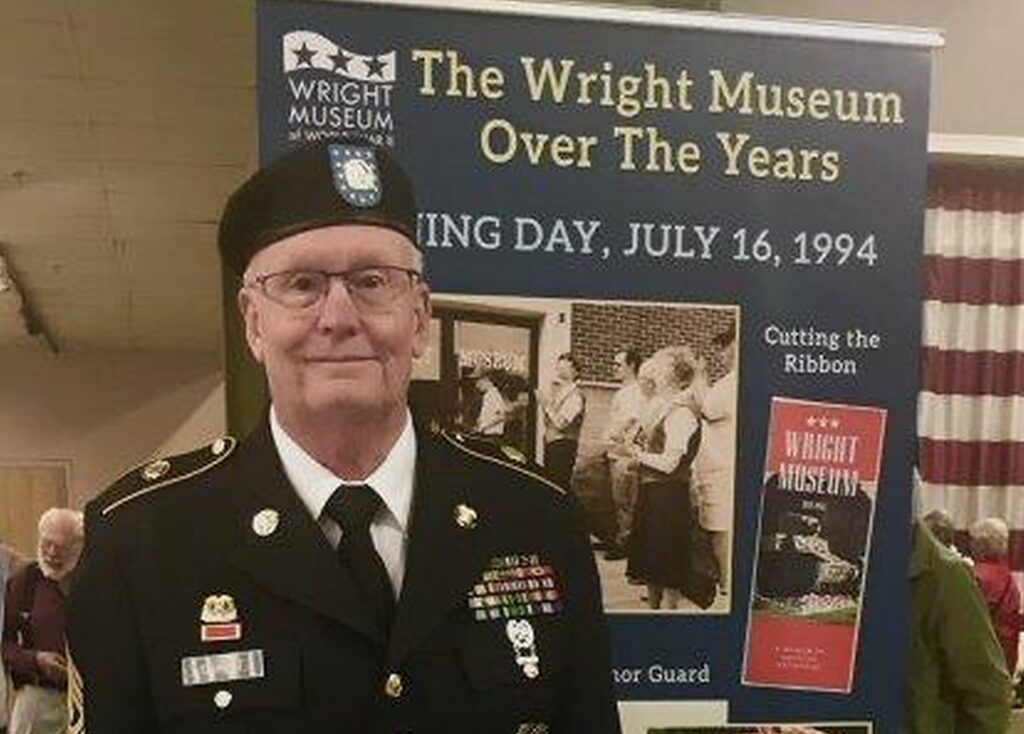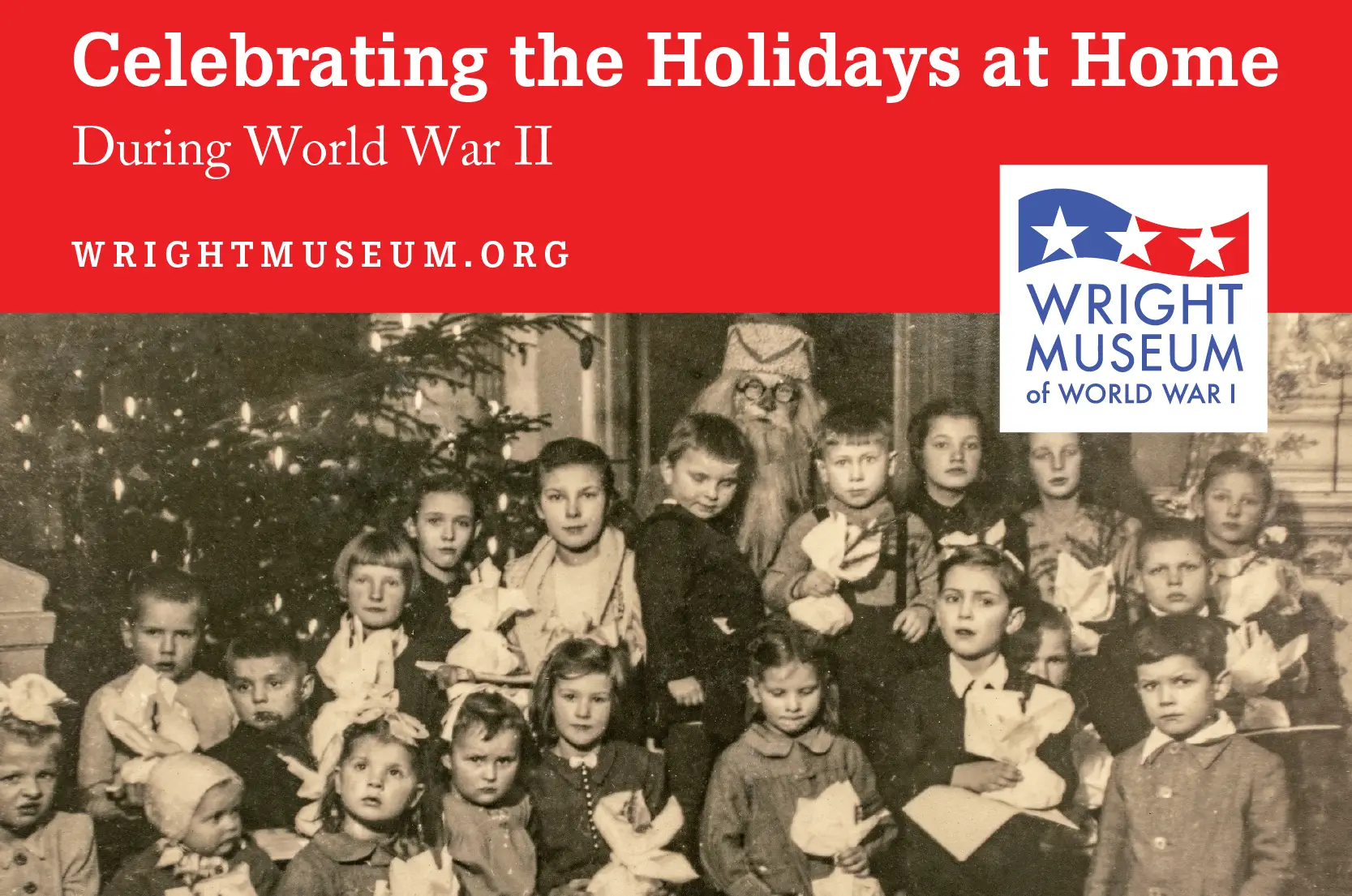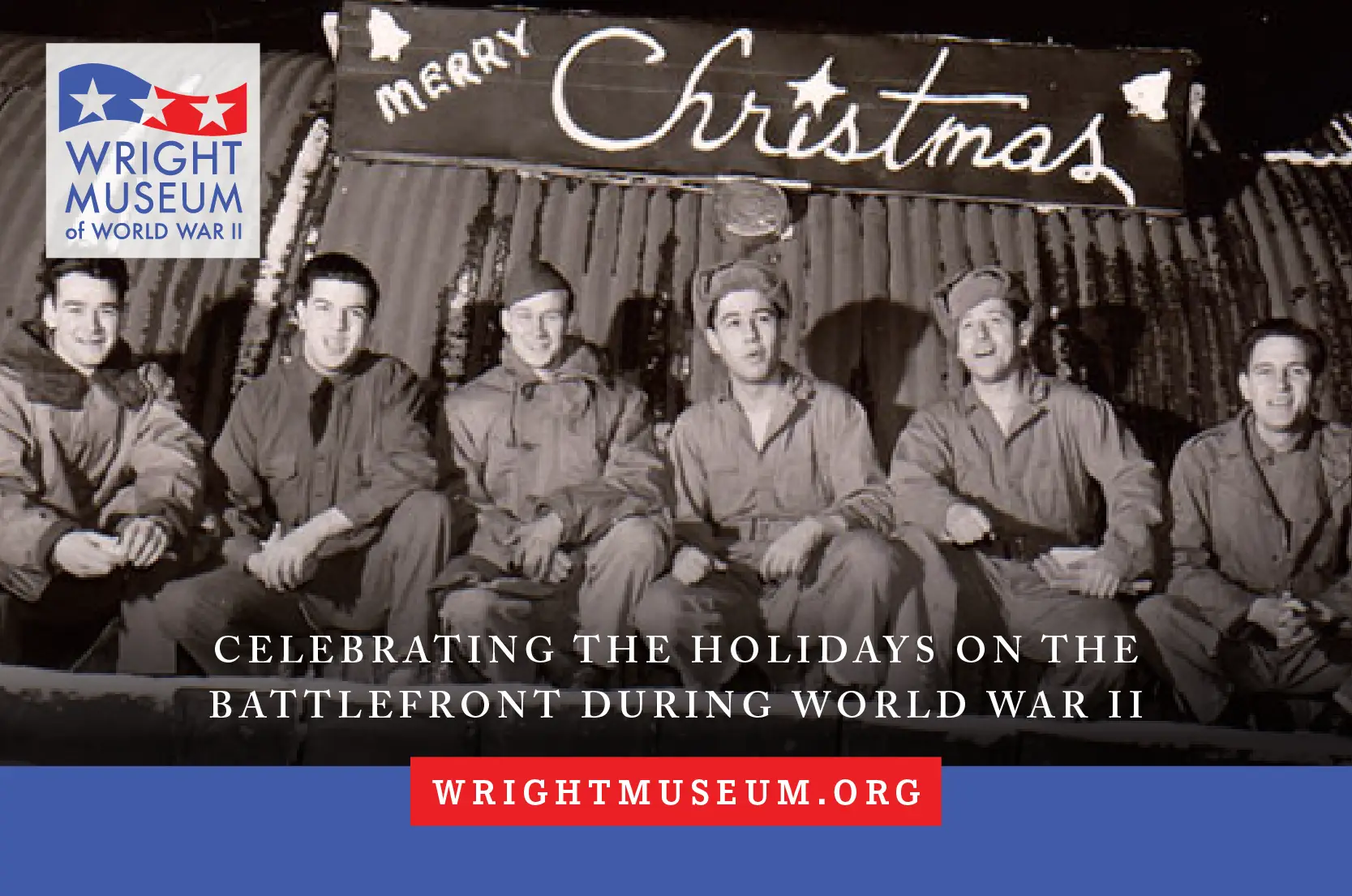When people visit the Wright Museum in Wolfeboro, NH, one of the highlights for many is the chance to interact with knowledgeable volunteers, many of whom served the nation.
“I began serving in 1968 and served for 34 years as a member of the U.S. Army Reserve, earning the rank of First Sergeant,” said Marty Chabot, who has been a volunteer at The Wright for 8 years. “I loved working in the army because I was able to help young soldiers that were enlisting to channel their careers.”
After retiring from his position as a U.S. Passport Specialist, he moved to Wolfeboro at which time he became a volunteer at The Wright. “I love working at the museum, especially with school groups,” said Chabot, who won ‘Volunteer of the Year’ two years ago.
He said he likes working with school groups because he enjoys meeting new people and teaching students. He particularly enjoys working with students because “more and more of them are interested in World War II.”
“When the school groups come in, the other docents and I split them up into groups and point out things of interest,” he said. Chabot’s favorite place in the museum to take students is the Home Front Gallery, because it teaches them about more than the war, but also the home front and what life was like during it. “Kids today don’t even know what a typewriter is because of computers,” he said.
Chabot also expressed enthusiasm for the museum’s display of fully functional World War II era tanks. “All the vehicles run, and we have volunteers come in once a month to work on the vehicles that need a tune-up,” he said.

One of his other favorite exhibits at the museum is the Time Tunnel, which is a series of rooms that each represent a different year. “You can see what effects the war had on the economy,” said Chabot, who said the museum’s Remembrance Garden is also “special.” “People can buy a brick to remember their loved ones,” he said. “People like to sit on the benches there and simply reflect.”
For Chabot, his biggest hope is that people will learn from their visit. “I want them to experience the knowledge we have to share with them,” he said. “We change the exhibits often, so there is always a reason to come back.”
Expressing appreciation for the contributions of volunteers like Chabot, museum Executive Director Mike Culver said the best part of the experience at The Wright might be with the volunteers.
“Their first-hand knowledge, enthusiasm and passion breathes life into every visit here,” he said. “Visitors come for our displays, of course, but if you see written comments about their visits to the Wright, many always comment about the friendly and knowledgeable volunteer guides.”
The region’s leading resource for educators and learners of all ages on World War II, The Wright features more than 14,000 items in its collection that are representative of both the homefront and battlefield.




